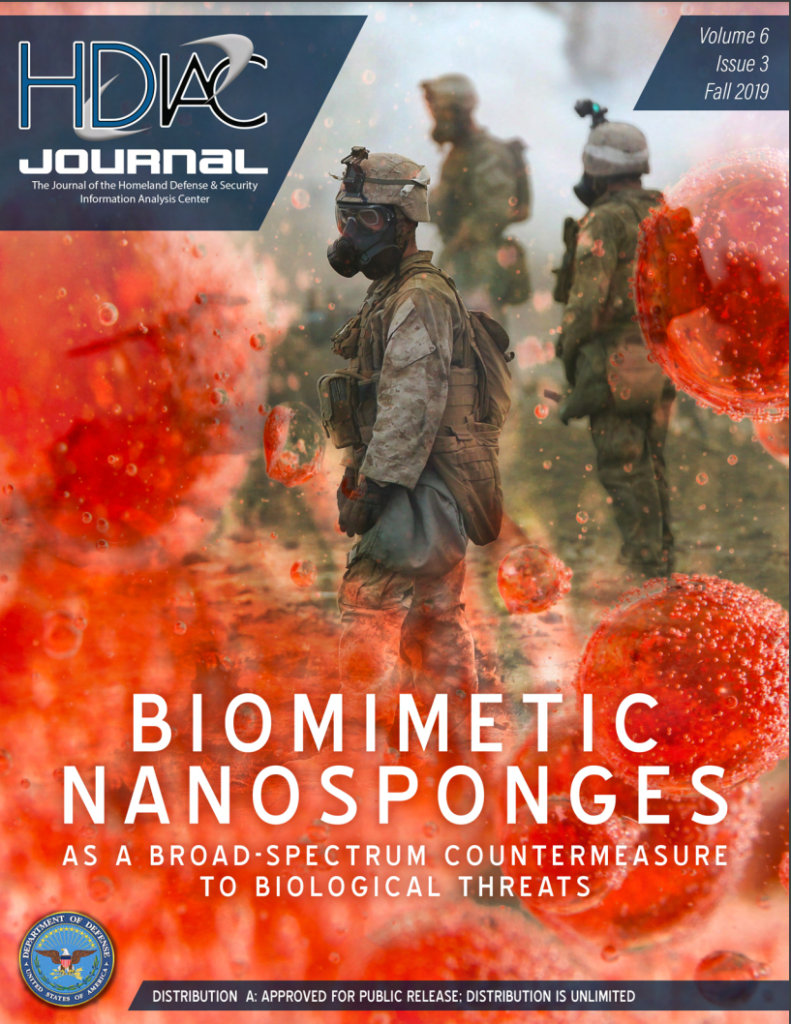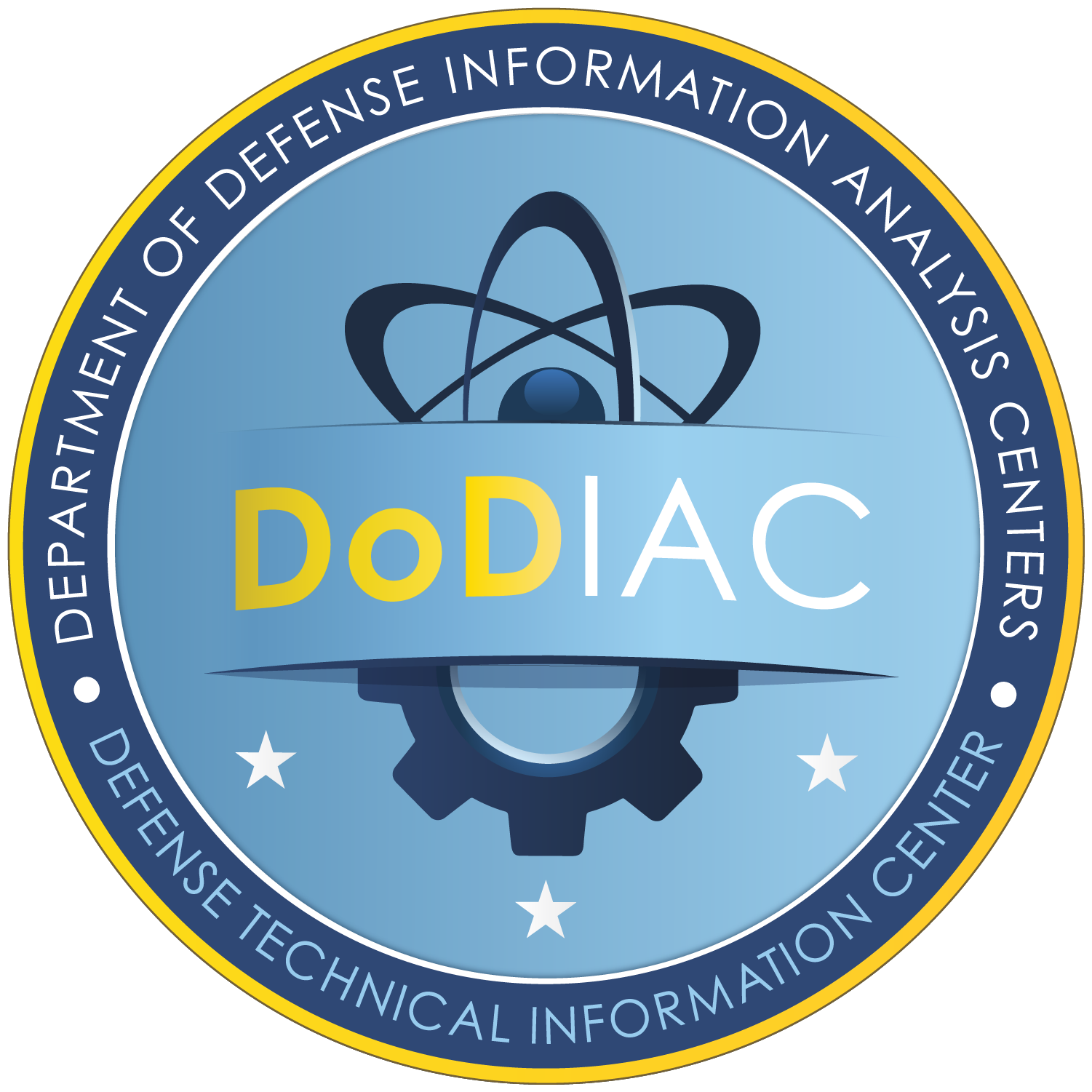Volume 6, Issue 3 of the HDIAC Journal covers five of HDIAC’s eight focus areas, including Alternative Energy, CBRN Defense, Cultural Studies, Homeland Defense & Security (HD&S), and Medical. First, the Alternative Energy article discusses the application of in situ hydrogen generation fuel cells within the context of future soldier power systems. Next, there are two CBRN Defense articles, the first of which showcases the dangers that that synthetic opioids represent as potential chemical weapons and the measures being taken to mitigate the potential crises. The second CBRN Defense article describes how cell membrane-coated nanosponges are a new class of biomimetic nanoparticle that can be employed in a number of different biodetoxification applications. The Cultural Studies article explores how advancements in AI systems and better understanding human psychology will affect the future of human-machine teaming. The HD&S article is about using AI methodology to assist in identifying insider threats within the DoD. Finally, there are three Medical articles. The first is about two optical techniques (RS and OTC) that can be used to diagnose the severity of burn wounds. The second Medical article describes an AI-enabled, app-based approach to remotely combat the increasing suicide rates among active-duty service members. The final article showcases research into mathematical models for the circadian, sleep, and neurobehavioral processes to help the DoD maximize warfighter readiness and improve the force’s overall health and resilience to the rigors of military training and deployment.

Fall 2019: Volume 6 Issue 3
Published: October 25, 2019

